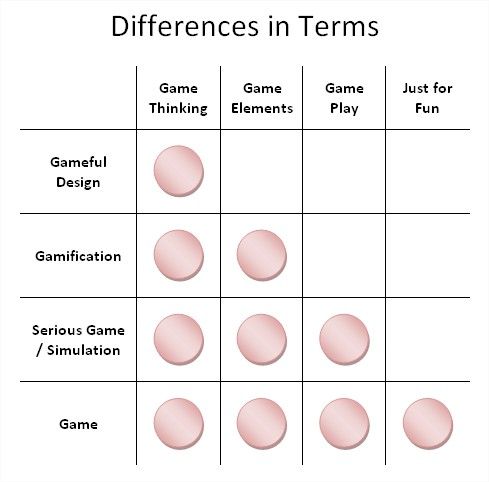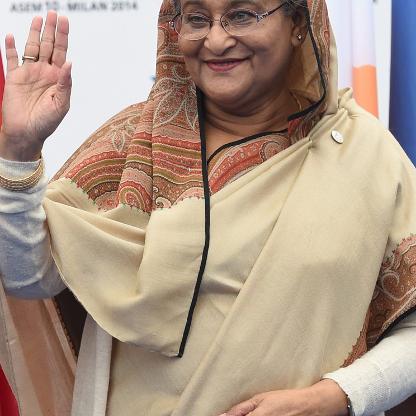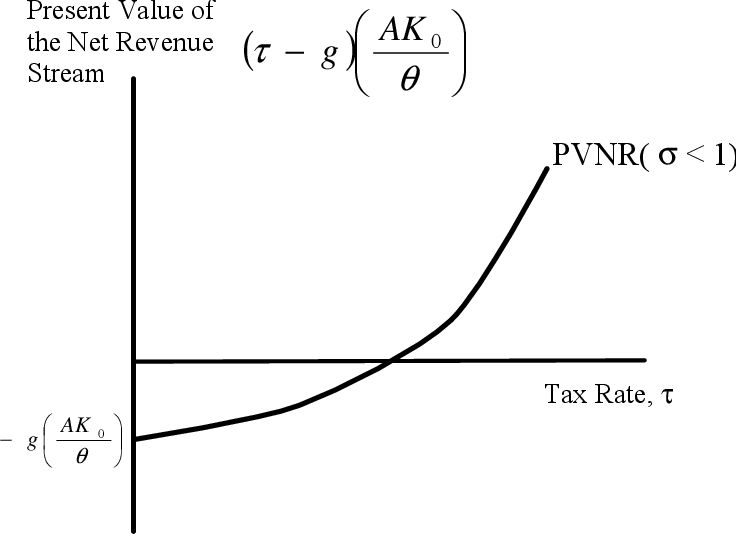

How do banks play an important role in the economy of India? It is a term that is used in reference to the hard plastic cards which are used in place of actual banknotes. Bank also offers cheque facilities to their depositors for settlement of their payments without the use of cash. Banks not only provide security to their money but also give them interest on their deposits.

Modern forms of money are linked to the banking system. The lender specifies an interest rate in every loan agreement, which the borrower must pay along with the repayment of the principal. Additionally, lenders require collateral against loans. Once the loan is approved, the bank will disburse the funds to the borrower, who will be required to make regular payments over a set period of time. These payments will typically include both principal and interest.
Formal Sector of credit in India
Money is the paper bills and coins that people use to buy things. A merchant can easily sell their goods and pay the people they trade with by taking the money. In India, the central bank, i.e. the RBI, has issued Indian Rupee as the standard currency.
Are the two forms of modern currency?
The two forms of modern currency are paper notes and coins. What are the two forms of modern currency?
Some other currencies are the Canadian Dollar, Chinese Yuan, Indian Rupee, Brazilian Real, Ruble, Turkish Lira, etc. A currency comes from the Latin word “currere,” which means “to run” or “to flow.” The word “money” comes from the Latin word modern forms of currency “monere,” which means “to warn.” Explain with an example how the terms of credit can be unfavourable for the small farmer. The information on this website is collected from various sources and we cannot be held responsible for its accuracy.
So, the poor are dependent on informal sector for borrowing loan. The poor have to pay a high rate of interest to the moneylenders. It is difficult to borrow loan from the bank. Because of the absence of the collateral and documents. And documents and collateral are required for a bank loan. Informal lenders like, moneylenders are often willing to give a loan without collateral because they personally knew the borrowers.
Loan Activities of Banks
It’s a paper that makes the bank transfer money from one person’s account to another. In the 21st century, the virtual currency is a new form of currency which has entered the vocabulary. Virtual currencies, traded and stored in an electronic form, such as the bitcoins or the litcoins, do not have physical existence or government support. Impact of SVB’s Fallout on DM and EM currencies! With weakening EM currencies, the Rupee is also bound to weaken. Impact of SVB’s fallout on DM and EM currencies!
- Corect option is D) In the ancient to medieval times, popular currency forms used were gold coins, silver coins, copper coins etc.
- The Indian rupee, depicted as ₹ and having global currency code as INR, is the official currency of India.
- Here you can find the meaning of What are the modern forms of money?
- That is, bills are bits of paper instead of coins made of gold, silver, or bronze.
- In a barter system, selling and purchasing of goods and services was done with “double coincidence of wants” i.e by fulfilling mutual wants without the use of money.
- Each currency unit is worth less when there are more of them.
In India, Reserve bank of India has authority to issue currency notes on behalf of the central government. In India, no individual can legally refuse to accept the rupees issued by the Reserve bank of India. Technically, the currency is physical money.
Still, fixed exchange rates have caused many currency crises in the past few decades. This can happen, for example, when the central bank cannot maintain the peg in the face of market factors. China may have come up with using paper as money as early as 1000 BC, but it took a long time for people to accept paper in exchange for something of real value.
Important Questions and Answers
The government issues modern money, which comprises banknotes and coins used for exchange. In this article, we will explore the fascinating world of money and credit in Class 10. Money and credit play a crucial role in our daily lives, and understanding their dynamics is essential for making informed financial decisions.
Money is called a medium of exchange since money acts as an intermediate in the exchange process. You can bring as much foreign money as you want into India. Fiat currencies are used by most of the world’s major economies today. Since they are not tied to anything real, governments can make new money when they have trouble paying their bills. This gives more options for dealing with problems, making it possible to spend too much.
The modern forms of money- currency and deposits- are closely linked to the working of modern banking systems. Ans) The facility of cheques against demand deposits makes it possible to directly settle payment without the use of cash. Bank plays a very vital role as there would be no demand deposits and no payment by cheques against the demand deposit in absence of banking system. Thus, it is clear that currency and deposits are closely linked to the working of the modern banking system. Which one of the following is the important characteristic of modern form of currency. It is made from precious metal It is made from thing of everyday use It is authorised by the commercial banks It is authorised by the Govrnment of the country.
What is the example of modern form of money?
Modern forms of money include currency — paper notes and coins. Currency is accepted as a medium of exchange as it is authorised by the government of the country. In India, the Reserve Bank of India issues currency notes on behalf of the central government.
Modern currency is printed on paper in different amounts, and coins are used for smaller amounts. No individual in India can legally refuse a payment made in rupees. Therefore, the rupee is widely accepted as a medium of exchange.
Credit is an agreement in which is created when a person gives money and goods to the needy person with the promise of to repay that with some rate of interest. • There are two types of sources of credit in an economy. • Credit is an agreement in which is created when a person gives money and goods to the needy person with the promise of to repay that with some rate of interest. Money’s use has simplified and enhanced trade and commerce as it allows individuals to exchange goods and services without the need for direct bartering or trading. Save taxes with ClearTax by investing in tax saving mutual funds online.
As time progressed, trade increased and a global market was created. With the global market came the need for a more convenient medium of exchange. Thus was born the modern forms of money – paper notes and coins.
Quick links for Class 10 exam
Before the introduction of money, Indians used grains and cattle as money. In a barter system, selling and purchasing of goods and services was done with “double coincidence of wants” i.e by fulfilling mutual wants without the use of money. In this system goods and services was exchanged for another goods and services. It was also known as CC economy i.e commodity for commodity economy.
Modern forms of moneyincludecurrency— paper notes and coins. They are not made of precious things and are not of daily use. They are accepted as a form of money because of government authorization. • In this chart, we can see sources of credit in rural areas are mostly dependent on professional and agriculture moneylenders in case of informal sources of loan. For the development of a country, cheap and affordable credit is crucial. Therefore, the government should facilitate formal sources of credit basically in rural areas.
Solutions for Which one of the following is a modern form of currency? In English & in Hindi are available as part of our courses for Class 10. Download more important topics, notes, lectures and mock test series for Class 10 Exam by signing up for free. Why is rupee widely accepted as a medium of exchange? People can open bank accounts and make demand deposits. Why is the ‘rupee’ widely accepted as a medium of exchange?
There is also a group for repayment of loan. In case of any non-repayment by the one member is followed by the other member of the organisation. • The organisation also provides self-employment opportunity for the member by the way of sanctioning the group.
For this term, he/she come under the situation of debt trap. Therefore, that person becomes worse off than before. And at the end of the year, he/she makes a good profit from production activities and he/she is able to pay the amount of loan. Therefore, that person becomes better off than before. The difference between interest on borrowing money and the interest of deposited money is the income for the bank. Banks offer a variety of loan products, including personal loans, business loans, mortgages, and credit cards.
• Collateral is an asset of the borrowers which is given to the lenders as security for the specified period. A lender can use the assets which are held by him as security until the amount of loan is repaid. The lender has right to sell the assets or collateral when the borrower fails to repay the amount of loan in a specified period. The terms of credit include the interest rate, collateral and documentation requirements, and repayment method. These terms can differ based on the lender and borrower’s nature.
What is the example of modern form of money?
Modern forms of money include currency — paper notes and coins. Currency is accepted as a medium of exchange as it is authorised by the government of the country. In India, the Reserve Bank of India issues currency notes on behalf of the central government.
